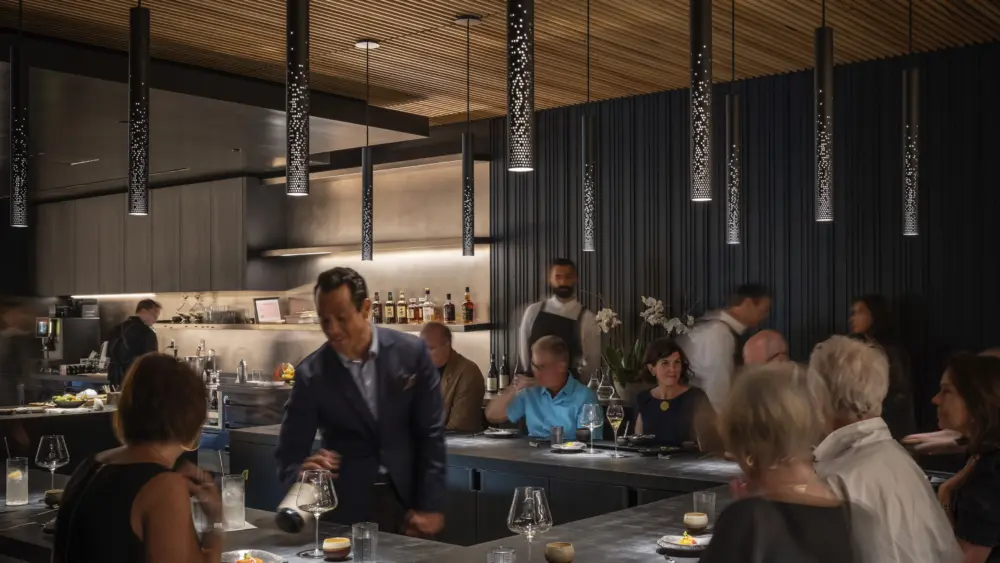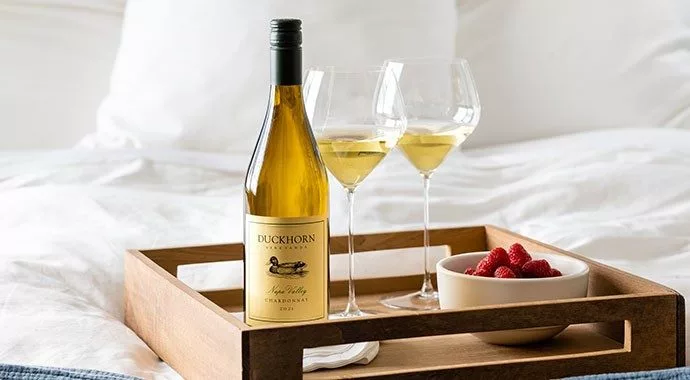Try to visualize 13 billion wine corks. It seems like an impossible amount—for most of us, 1 billion of anything is too much to comprehend—but that’s the number of natural cork wine closures sold into the world market every year. Until recently, most of these corks ended up in landfills after they served their purpose, with no apparent potential for reuse. At approximately 300,000 corks per ton, it’s clear how something as seemingly insignificant as a cork can have a substantial impact on the environment based on how it’s processed. As garbage, it takes up space; as raw material, through recycling and reuse, it lives on.
ReCORK is a recycling program sponsored by Amorim Irmãos of Portugal (www.amorim.com), the world’s largest producer of natural cork wine closures, and its U.S. sales affiliates, Amorim Cork America (www.amorimca.com) and Portocork America (www.portocork.com). In 2007, Amorim launched a pilot recycling program in Oregon with several of its winery clients. During that year, more than 500,000 corks were collected, and it wasn’t long before the program spread to Northern California. By 2008, the number of corks collected climbed to 1.4 million and, as of July 2009, more than 3 million corks have been received at Amorim’s Napa warehouse.
The goal of cork recycling is simple: Find reuse applications for as many corks as possible, and help communicate the value of cork tree forests as sustainable, natural resources that must be protected. Natural cork wine stoppers, unlike plastic or aluminum, are ideal for recycling and can be remanufactured into shoe soles, flooring, gaskets, bulletin boards, sports equipment—even used as a soil amendment in compost.
Natural cork is also a valuable source of CO2 retention, a key factor in the long-term battle against global warming. A recent PricewaterhouseCoopers study of the life cycle analysis of wine closures found that CO2 emissions in aluminum screwcaps were 24 times higher than those from a natural cork stopper, while emissions from plastic stoppers were 10 times greater than cork. Each cork retains approximately 9 grams of CO2 during its lifetime; by recycling it as flooring or in sports equipment, for instance, this useful CO2 retention is expanded.
Unlike many forest products, cork oak trees aren’t cut down in the production of wine closures. The trees provide an ideal sustainable crop during their life cycles, which can last nearly 200 years. A mature tree (50 years old) can be harvested every nine years. It’s this kind of environmental responsibility that resonates with many program participants.
Cork recycling is becoming standard in the wine industry, as well as with many restaurants and hospitality organizations that have a three-tier bottom line business model (financial, social and environmental). Companies everywhere are seeing that financial success can be achieved in tandem with social responsibility and environmental performance; it’s not inconsistent to be green and profitable at the same time. A few of the hundreds of Bay Area participants are Whole Foods Markets (26 stores), the Culinary Institute of America (and its restaurant, Greystone) and Kermit Lynch Wine Merchants.
ReCORK’s biggest challenge is keeping up with the growing recycling demands of individuals and organizations across the country. While our collection efforts are primarily focused on California and the Pacific Northwest, we’re slowly branching out to other states. If we can’t support a collection, we refer people to other U.S. cork recycling programs. Our bottom line for participation is simple—if you can get the corks to California, you’re welcome to join the program. We don’t, however, pay for shipping or for the cork.
We get calls every day from individuals and organizations wanting to participate, and they’re not just large corporations. One of my favorite stories is from early in the program, when I returned a call from a retired gentleman in Florida. He said he had around 500 corks he’d collected over the years, each inscribed with a name or date of a special time and place in his life. He couldn’t bear to throw them away and wanted to know if we’d take them and put them to good use. Of course, we obliged!
To stimulate an interest in cork reuse here in the United States, ReCORK has given away tens of thousands of used corks for the research and development of new product applications. These include landscape fill, molded packaging inserts, yoga blocks, building insulation and footwear. To date, our most promising partner is a manufacturer in Vancouver, British Columbia, which is developing a new line of footwear that will incorporate a high percentage of granulated wine cork and be sold throughout the world.
We see the program expanding from restaurants and wineries over the next few years as we form more alliance partners in the hospitality and retail sectors. On August 24, we formed a new strategic partnership with American Airlines Admirals Clubs to collect and recycle wine corks from major airports throughout the country. A complete list of our current participating partners is available online at www.recorkamerica.com.
Cork recycling is a great opportunity for those in the cork trade to help educate the general public about the benefits of cork as a natural product and show how its benefits translate in terms of environmental sustainability. Before the green movement became so prevalent, our industry was hard pressed to connect directly with the public. That’s changed—we now have an important point of contact with people who care about recycling and are looking for ways to contribute to a solid green program. It’s not just about cork; it’s about how we can make a difference in very small ways—in this case, one cork at a time.
Roger Archey is a public relations and marketing communications consultant to Amorim of Portugal and ReCORK America. You can contact him at recorkamerica@pacbell.net.



